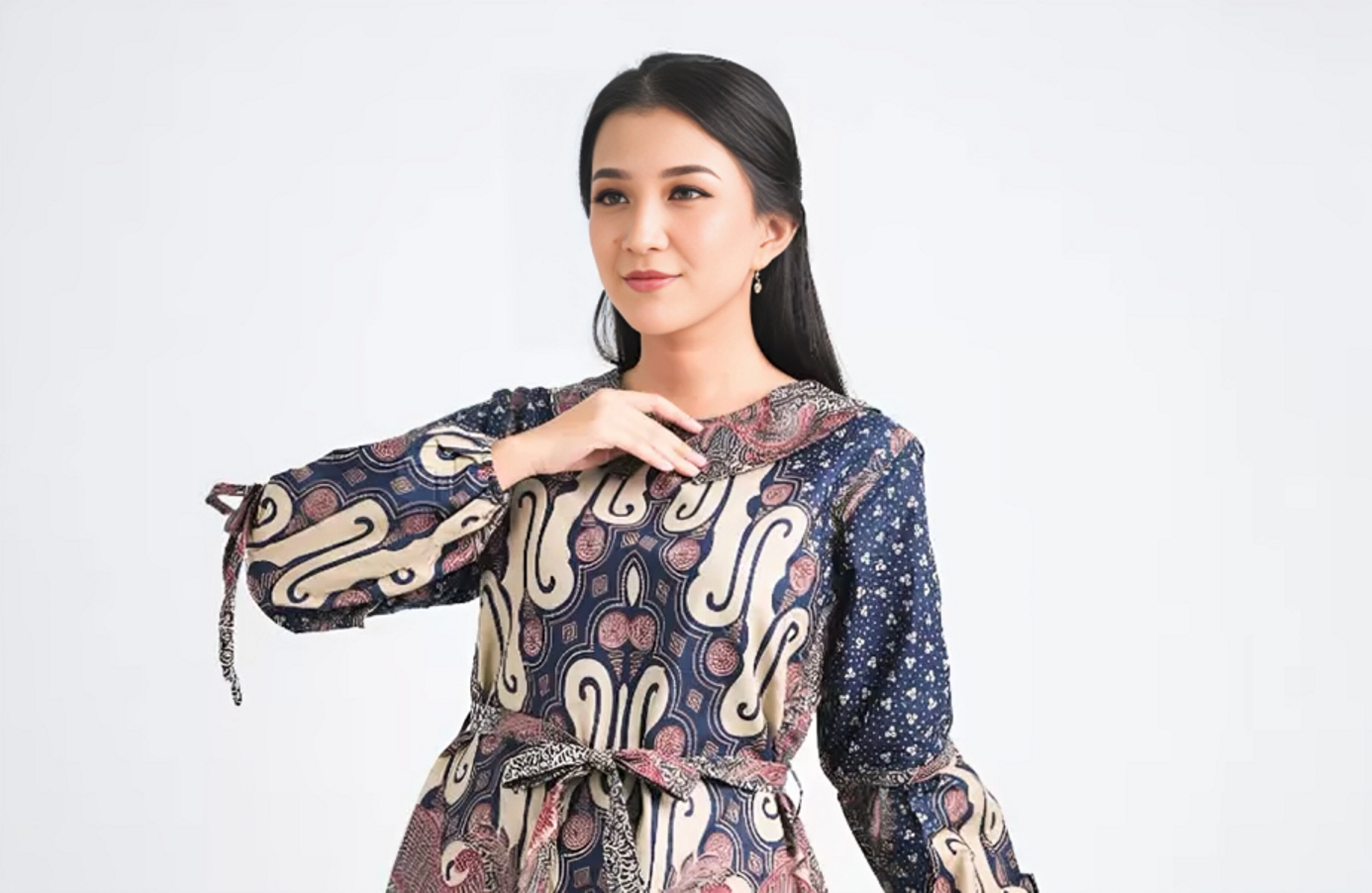Fashion has been a popular issue in Indonesia that enhances our personality and looks altogether. It makes us more approachable and lifts our mood for the day knowing we like wearing our outfits daily. The term also represents our life by reflecting our own identities, culture, and the era we live in.
According to The Threefold Advocate, the clothes we wear often reflect our emotions, attitudes, and cultural trends, adjusting to developments in the economy, technology, and even politics. Based on what we wear, we can express our untold feelings and convey them to others easily through clothes. People can judge our attitudes, culture, and many more aspects just by fashion too.

For example, batik, as a traditional Indonesian fabric, carries deep cultural significance. It not only showcases special designs but also reflects our respect for our customs. Wearing batik can symbolize pride in one’s roots, while the patterns and colors used can even bring certain messages or emotions, like prosperity, calmness, or celebration.
Batik conveys a message of togetherness and holds us tight and be one despite our differences. Batik holds an important message as its unique patterns tell a story that inspired nature and Indonesia’s culture in the fabric. The stories can send meaningful signs to other countries explaining our origins and wonders in Indonesia. It remains a vibrant part of Indonesian customs, mixing art and fashion into a timeless tradition.
For example, Indonesia’s Batik Day was once held by The Indonesian Embassy in Helsinki, Finland. The event was very grand and it invites all people in one of the biggest shopping malls to come and enjoy the wonders of batik. There were traditional dances from several tribes filled with magical sounds and tourism objects to be promoted as well.
It still exists to this day to promote the culture of Indonesia to people born in Generation Z. Generation Z, short for Gen Z, is a generation of people who were born in the year 1996 to 2010 and experienced the digitalization era, COVID-19, financial stages, and many more. They are known for their mental health and their unhealthy obsession with gadgets back in their childhood days.

Batik is still implemented today to honor Indonesian history and customs, mostly towards meetings and festivities. However, Generation Z’s desire for modern, global fashion trends has made Batik somewhat uncommon around them, as they could view it as old-fashioned or less stylish in terms of newer designs. According to Beauty Indozone, it stated that batik is hard to mix and match with other clothes which makes Gen Zs more frustrated in the fashion industry and approaches an easier way to find their style. They also ingrained the rule in their mind of batik being the only appropriate wearing at weddings and formal events.
This causes upper generations to analyze fashion trends in this era as Gen Z rules the era today and mainly popularized clothes from other countries through social media. We have to infuse Batik in Gen Z’s fashion today to make them realize how important batik is and how batik can change our views towards fashion. Batik can also express our daily lives and incorporate an aesthetic touch in our clothing as Gen Z’s obsession with fashion is soaring.
One of the simplest ways to re-introduce batik to Gen Zs is through daily wear. Daily wear like going out with friends, walking on the beach, or just simple things like ordering coffee in a cafe. This way, Batik will be known globally and people will be more comfortable wearing Batik in different styles to fascinate their own culture.

According to Idntimes, batik is also traditionally worn in official meetings or corporate parties to commemorate their heritage and promote how batik influences Indonesia so much. For example, people ordering coffee could wear a formal Batik shirt. A batik shirt is essential and timeless on every occasion depending on the time. Batik sarongs could also be worn on beaches and short getaways to get a new look for beach outfits. We, as Indonesians, can also promote batik through international student exchange by introducing batik as a fashion feature.
According to TheJakartaPost, it stated that former President Susilo Bambang Yudhoyono urged Indonesian citizens to wear batik after it was listed as an Intangible Cultural Heritage of Humanity by UNESCO in 2009. The Indonesian batik’s day was initiated on Friday, October 2, 2009, which commemorates every Friday to exclusively wear batik tops. It was urged to encourage citizens in Indonesia to wear batik often and as a signature of our own culture to represent Indonesia.
As specified by TheJakartaPost about batik being ancient and Indonesians are more likely to abandon batik in daily outfits, a university student from Depok, West Java argued that batik for him feels strange and out of style when he paired it with other clothes. He said that he was proud of the traditional patterns in batik, but it felt ancient for his taste. However, when the batik was modern enough and stylish enough for him, the unique and vibrant batik patterns washed away from the fabrics.
Together with the same reason, Lulu Lutfi Labibi, a fashion designer has been exploring batik for years and finally found the essential modern touch to batik and fashion to ignite Indonesians’ curiosity about infusing traditional and modern themes all in one. He has been creating pieces of clothes containing batik touches which also forced him to think about the economic pressure of creating batik pieces.
The time and cost to create batik are great because of its traditional patterns that need to be utilized by hand. Traditional batiks are somewhat pricey for people who have a hard time affording this timeless fashion. Printed batiks can be an easier solution, but the meaning behind the patterns will be lessened over time. It will lose the meaningful message behind every batik’s works and traditional batiks will be forgotten now and then.
In conclusion, batik must be preserved and worn by Generation Z to maintain cultural heritage, promote national identity, and support local artisans. Wearing batik daily helps keep traditional craftsmanship alive, maintains pride in cultural roots, and ensures that this valuable art form is passed on to future generations.
Graciella Aurelia Tjan
IG: @graciellaaurl
Email: graciellaaurelia07@gmail.com








